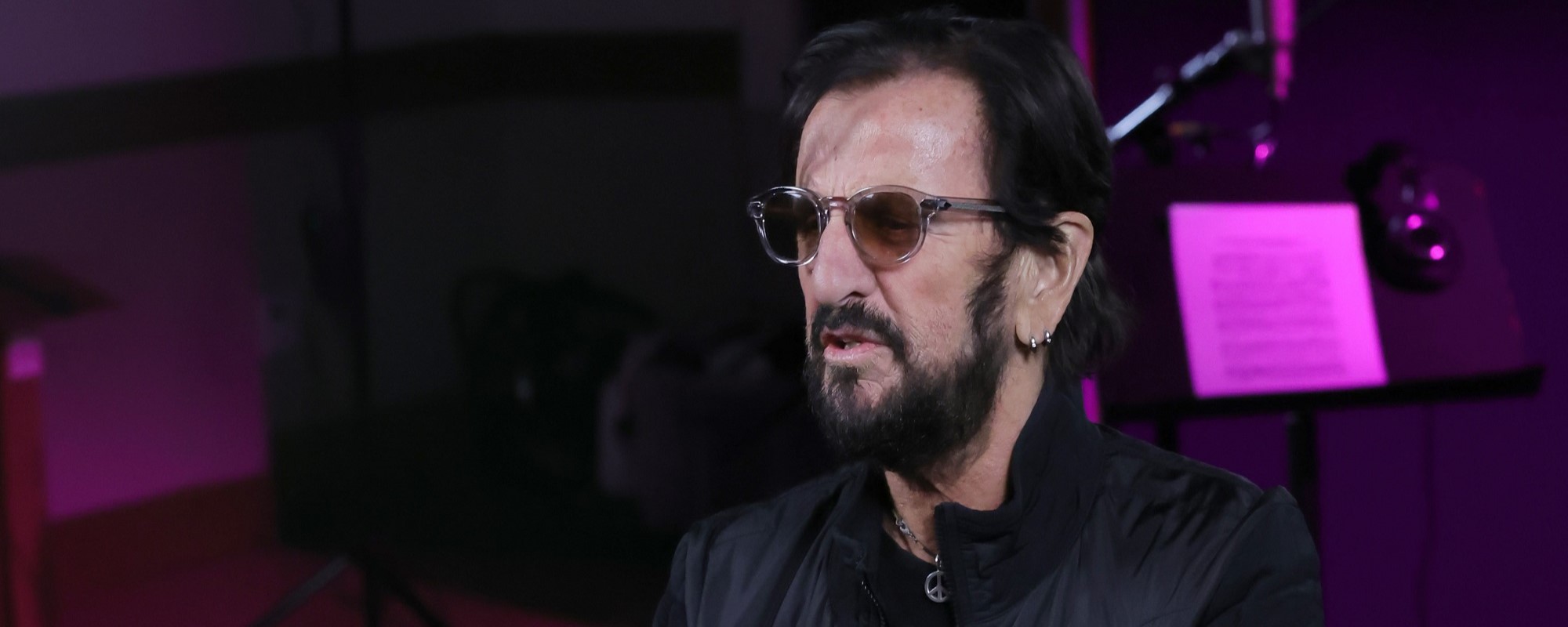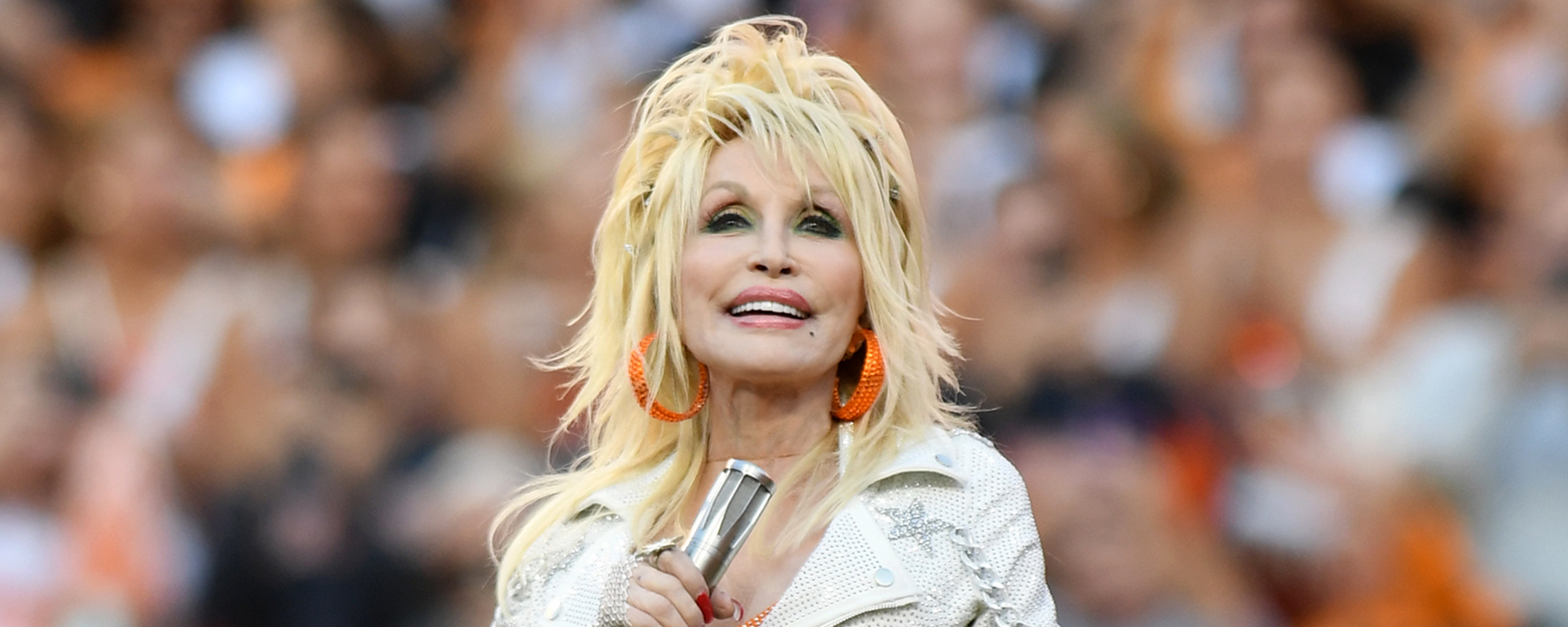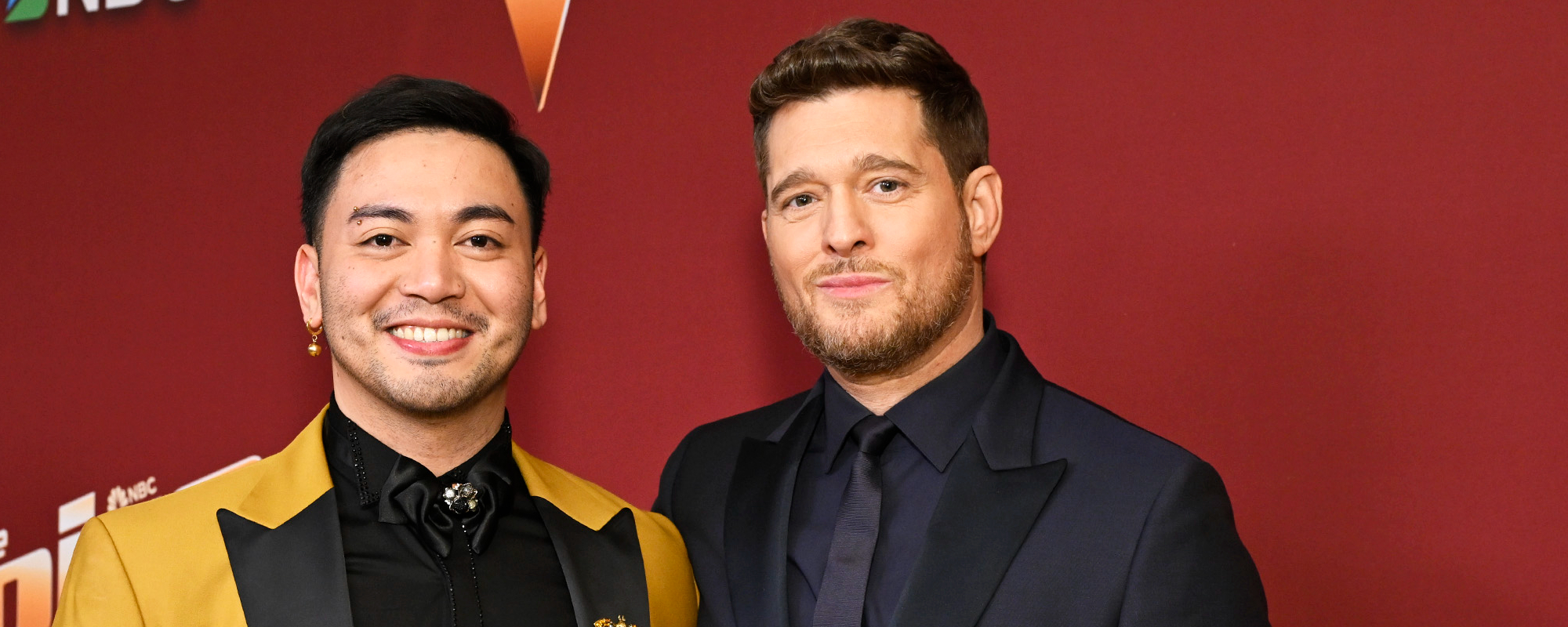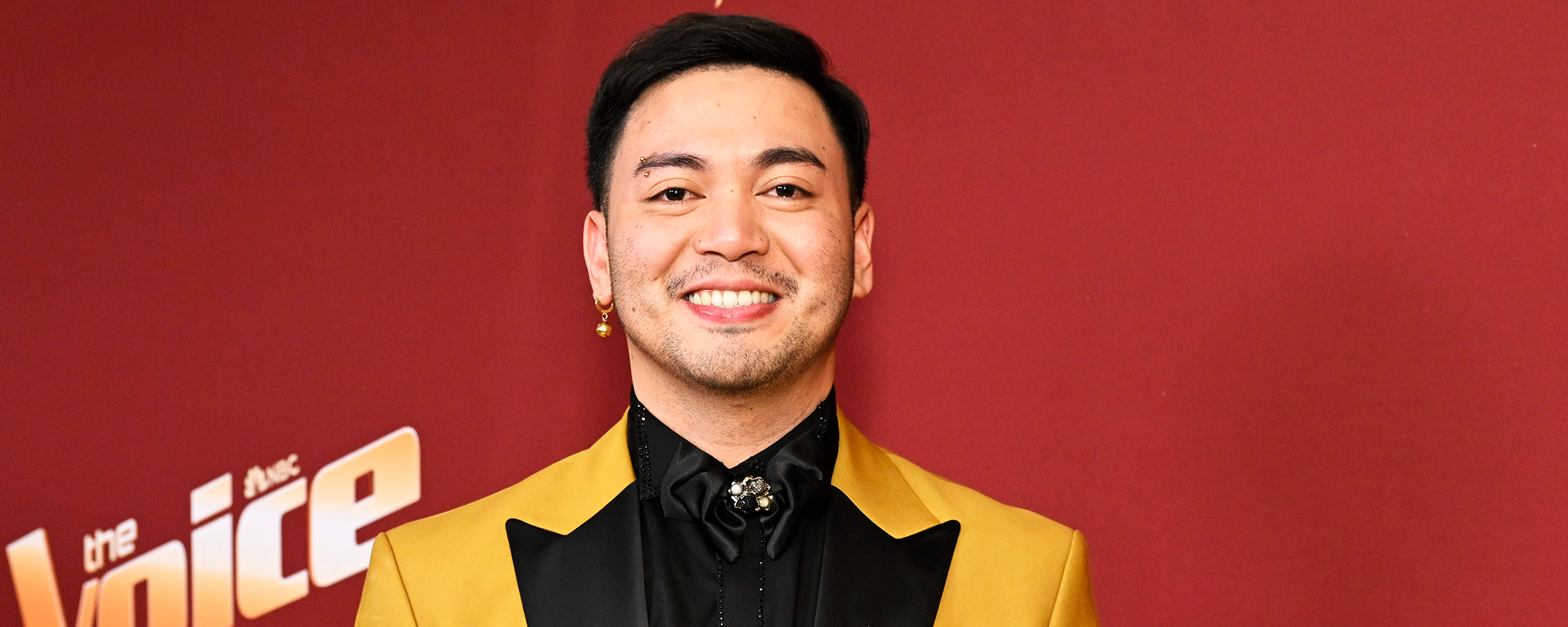Reba is basking in a new kind of Grammy Award glow.
Videos by American Songwriter
42 years into her career, an achievement in its own right, the icon recently earned her first Best Country Album nomination in 25 years. 1994’s Read My Mind brought such classics as “And Still,” piano weeper “She Thinks His Name Was John,” and the groovy rocker “Why Haven’t I Heard from You.”
Now, her widely-acclaimed Stronger Than the Truth, produced by Buddy Cannon, is up for the night’s top country distinction. In late January 2020, Reba will duke it out against Eric Church (Desperate Man), Pistol Annies (Interstate Gospel), Thomas Rhett (Center Point Road), and Tanya Tucker (While I’m Livin’), another legendary act who has gained renewed attention to their work. Noteworthy here, she is coming off a 2018 win in the Best Roots Gospel Album category for 2017’s Sing It Now: Songs of Faith & Hope.
It is quite a welcome coincidence, though – Reba’s latest country album nomination arrives as Read My Mind turns 25. “Well, it is pretty ironic that it did come at the same time. I don’t know if it’s full circle or happy coincidence or what – but I’m going to take it,” Reba told American Songwriter over a recent phone call. “It’s really a thrill to be nominated. Being in the business for some 40-odd years, and people still liking what you do, that’s a sure good feeling.”
This moment of serendipity is a testament to the continued strength and daring of Reba’s work. Stronger Than the Truth is as stone-cold country as you could get, and songs like “Tammy Wynette Kind of Pain,” “In His Mind,” and “Cactus in a Coffee Can” demonstrate a resolve to honor tradition and speak to her own convictions. “I think every song finds its place,” she offered.
“Cactus in a Coffee Can” (written by Steve Seskin and Allen Shamblin) had only ever been previously recorded twice – first by Jerry Kilgore in 1999 and a second time by Buddy Cannon’s daughter Melonie on her 2008 studio album, And the Wheels Turn. “[This song] had had a shot, but isn’t it weird that it hadn’t been recorded in 10 years? So, absolutely, I believe it is a God thing. Songs find their way for a reason.”
“Buddy produced it for her, and he produced it for this album. I was going through all my songs in my computer and just listening and listening, and I thought, ‘Oh, ‘Cactus in a Coffee Can,’ that’d be so much fun to do,’” Reba recollected. “When I got it, I asked Buddy, ‘Have you ever heard [this song]?’ He said, ‘What version are you listening to?’ I sent it to him, and he said, ‘That’s my daughter. I produced that for her 10 years ago.’ Is that not weird?”
She added, “I loved her version and how she did it. I pretty much copied it and did my inflections. It is different, but when I like something, and I can’t find a better way to do it, I just do it the way the demo is.”
“She ordered a drink and water came down / She started talking and pain poured out / She told me a story I’ll never forget,” sings Reba, unraveling a story about a young woman’s search for her mother, a former drug addict. “She said, ‘The last ten years I spent tracking her down / It don’t seem fair that when I finally found her she was almost gone / We had two weeks together to laugh and to cry / Two weeks to say hello and goodbye / She gave me this cactus, said ‘It’s kinda like me / It’ll hurt you to hold it, but it blooms every spring.’”
“Cactus in a Coffee Can” is only the latest in a long string of songs Reba has been bold enough cut in her career. The emotional punch is reminiscent of such heavy hitters as “She Thinks His Name Was John,” “What Do You Say,” and “Bobby.” To her credit, tough, maybe taboo, topics always tug on her heart – universal truths of pain binding her to her avid listeners. “A long time ago, Minnie Pearl had asked me, ‘Reba, why do you do so many sad songs when you’re happily married?’ I don’t know,” she said. “It’s just what people can relate to. I’ve been through two divorces, and the TV shows, they portray the divorce and how you deal with it and with the children and the other people in your life. It’s like, ‘Wow, I sang the song before the actual happened…’”
One of two co-writes, alongside Donna McSpadden and Ronnie Dunn, “No U in Oklahoma” swirls in a Bob Wills-fashioned western swing. “Donna had given me the idea. I emailed it to a lot of friends [including Kelly Clarkson], and nothing ever came back,” she explained. “When we were all down in Cancun in our house there vacationing, I told Ronnie about it. He played around with it a little bit, but I didn’t think anything would ever happen with it.”
It was later in California for a friend’s wedding that the song took hold on her. “As I was flying out, I wrote the song. I played it for Buddy – I didn’t tell him I wrote it – and he said, ‘Oh, that’s OK,’” she said with a chuckle. “Then, I got Ronnie’s version that he’d sent to me, and I sent it to Buddy. He said, ‘Well, now, I love this one!’ I said, ‘Al-right…’ I told Buddy the story, and he said, ‘Oh my gosh, I wish you would have told me.’ I said, ‘No way! This all worked out the way it was supposed to work.’ It was so much fun getting to do Ronnie’s version. I gave him the idea, and I had two lines that I wrote.”
“Storm in a Shot Glass” (co-written by Mary Browder, Will Robinson, and Leslie Satcher) adheres to Reba’s signature fierceness while feeling cohesive and fresh for the record. “I was drawn first to the beat. Then, the sassiness of it. You know people like that. Everybody knows a woman or a man like that – that’s pretty level-headed but boy, once you get that storm in a shot glass, you don’t talk about this, you don’t bring this up, or it’s going to be a heavy night,” she said. “It’s relatable. It’s either relatable or you’re introduced to something interesting. That’s what’s so great about songwriting. Now, there’s only so many words and so many notes, and people can come up with a different idea every minute to write a song. It just fascinates me.”
Many years ago, industry legend and songwriter Red Steagall (often credited for “discovering” Reba in college) once offered a bit of advice to developing her own songwriting voice. “He told me to write every day. Write something. You never know what’s going to stick or what’s going to grow into a finished song – whether it’s a hit or a b-side or an album cut. It doesn’t matter,” she said. “Your creativity is growing, and it just keeps flourishing. But you have to be open. That’s when it happens. I’ve written songs in 15 minutes that touched my heart, and then, some I’ve spent months on, years on that never got anywhere. It was almost too forced.”
The key to every great song, she reminded, is to “write from the heart. Put yourself in that situation.”
As a matter of fact, most recently, she found herself following a song’s, or perhaps God’s, lead in a session. “The other day, I was writing a song, and these lines came to me. I had no idea where the song was going or what it was about. It changed course twice. I thought that was just pretty cool. I’m very spiritual, and I believe the Holy Spirit gave me an idea,” she said. “I walked in faith, and I just kept singing that line over and over in my phone. It just kept growing. Then, it turned out to be about bullying, and this young person is going to take their life. Boy, I had no idea it was going there when I started.”
“I asked Don Schlitz [writer of Kenny Rogers’ ‘The Gambler’] one time, ‘Where do you get that? Where does it come from?’ At that time, he had a big ole afro, and he said, ‘It’s just setting right on top of my hair here. I just got to pull it down.’”
To celebrate the 25th anniversary of Read My Mind, Reba released the first vinyl pressing of the project, alongside brand new liner notes for the CD reissue. “She Thinks His Name Was John,” the set’s second single, which peaked at No. 15 on Billboard’s Hot Country Songs, stands as timely and important now as it did then. “The way I look back on this song is… the progress that we’ve made medically, mentally, socially – talking about AIDS and dealing with AIDS,” she reasoned.
She then looked back at the day she first heard the piano ballad. “I was walking out of the publishing company, and I said, ‘Well, y’all have a good day!’ They said, ‘You didn’t play it for her?’ I looked around and said, ‘Play what?’ They [record executives] were all just real quiet. And I said, ‘Well… what are y’all talking about?’ They said, ‘You’re the only one that would record this.’ I said, ‘OK, I have to hear it now.’”
“And it was this song. I didn’t know anybody who’d had AIDS. That was a song that, to me, was meant for me to have because I would record it and sing it and do it at my shows. I always said that if I could sing about it, maybe everybody would talk about it more in the open,” she noted. “Let’s get this bad booger-bear out of the bushes and bring it out to the forefront where we can talk about it. There’s people hurting. There’s people suffering. It’s not nearly as scary when it’s out in the open.”
Also on the re-release is a live version of “And Still,” a No. 2 hit single, and in the recording, she regales the story behind what ultimately led to filming the music video Guatemala. “It was beautiful down there. The people were incredible. I had never had a bodyguard before,” she recalled, “and I did have one with a – I don’t know what kind of machine gun – on him all the time. If I ever left the motel room and went down to the lobby by myself, he got very angry. He said, ‘I’m here for your protection.’ Living in the United States, I never thought about that.”
“I’ll always remember the countryside and how pretty it was. I absolutely love the song. It took us four days to shoot the video. Jack Cole was the director, and we got to the final scene, which was going to put everything together, and he had gotten so carried away with all the beauty down there that he almost used up all the film. We only had enough to shoot that last scene one time.”






Leave a Reply
Only members can comment. Become a member. Already a member? Log in.